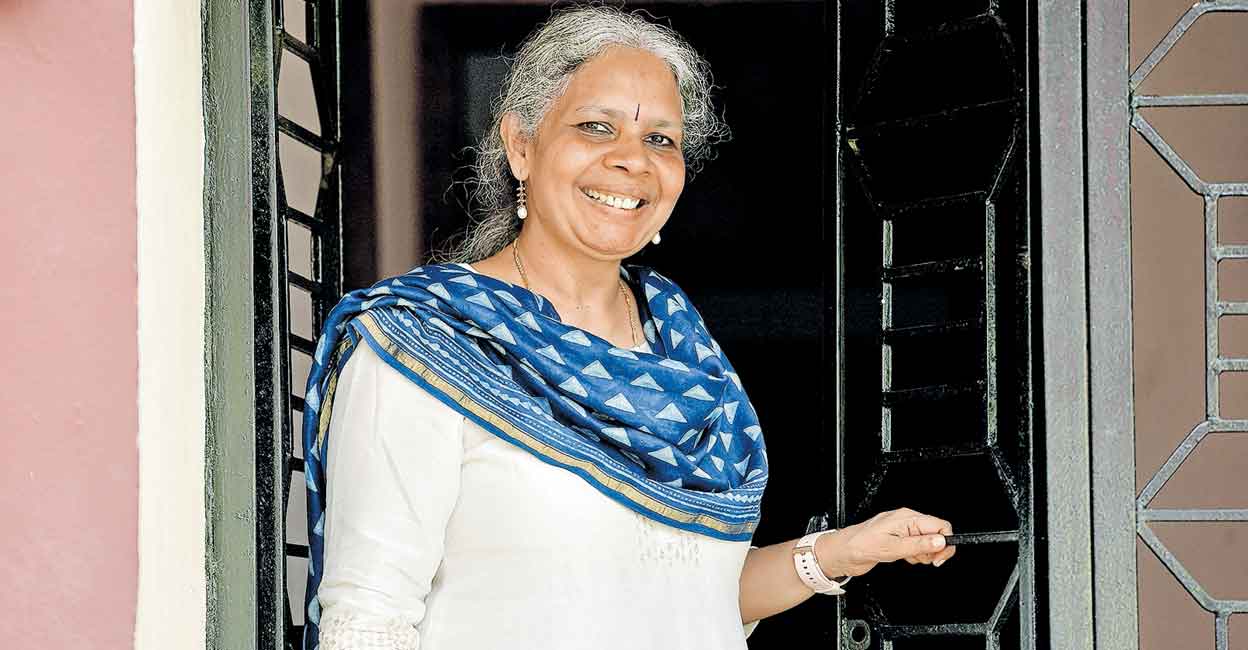Attention astronomy enthusiasts! Ladakh gears up for 'astro tourism'

Mail This Article
Tourism is growing beyond scenic spots, seas, rivers and journeys to the infinite sights in the wide skies. In other words, India has ventured into astro tourism which enables people to learn more about the moon, planets and stars.
The Bengaluru-based Indian Institute of Astrophysics (IIA) has launched a project in this regard which takes astro tourists to a remote region where pollution caused by light is minimum, helping them experience the cosmic sights clearly.
Incidentally, the project is being implemented by a team led by Dr Annapurni Subramaniam, IIA’s first woman director, who is a Keralite. The location of the astro tourism centre which covers an area of 22 km is Hanle at Saraswathy Mount in Ladakh and the name is Dark Sky Reserve Project. At this location, the oxygen levels and humidity are low.
Among the unique features of the project is the involvement of local tribal communities who had never heard of astronomy before this project was launched. In fact, grassroots-level development is among the aims of the project. The Dark Sky Reserve Project, being implemented with the cooperation of Ladakh Self-governing administration and the development council, will soon be dedicated to the nation. The project has come up adjacent to an existing IIA camp. Dr Annapurni speaks on the dream project:
On astro tourism
All people are welcome at Dark Sky Reserve, but those having an interest in astronomy would find the visit exhilarating. For instance, the views of the rising and setting of the sun, moon and the stars would be much clearer from here. Visitors can also enjoy the sights at the nearby wildlife sanctuary.
At the visiting centre, information is available on Sky Reserve. From the homestays, visitors can watch stars and planets with telescopes as well as naked eyes. Visitors would be allowed to bring their own equipment to engage in astro photography. The facilities will be enhanced soon.
The reserve also conducts various programmes along with ISRO and BARC.
Why Hanle?
Light pollution is very less in the area, which helps observe the sky clearly. An Indian Astronomical Observatory was set up here 20 years ago. There is no greenery as the area is a cold desert.
Hanle is part of the Changthang wildlife sanctuary. This enables the reserve to preserve the sanctuary also.

Earlier, observatories were built only in South India. In 1990, a site was identified in the Himalayas after a long search and an observatory was set up at Hanle in Ladakh in 2000.
Local involvement
As access to the reserve is difficult, the telescopes are controlled by scientists from Bengaluru through satellites. There are a few permanent employees, including engineers, at the reserve for administrative and other purposes.
Till recently, only a few travellers arrived in Ladakh as the terrain was tough and weather adverse. However, when new roads were built, the place started attracting several visitors.
Even then, the living conditions of the local tribal community remained poor. They struggled to make ends meet by farming and goat-rearing, their traditional occupations.
So, we trained 25 tribal youths and appointed them as staff at Sky Reserve. Incidentally, almost half of them are women. In addition, the management of one tourist centre at the reserve has been handed over to the local people, who can take home the income from there. They can also sell local produce at the centre.
Restrictions
Located at an altitude of 4,200 m above sea level, the Sky Reserve has imposed some restrictions to minimize light pollution. They include shades over lamps, curtains in rooms and ban on vehicles at night.
Next: Solar mission
IIA’s next project is the Aditya L-1 Mission with ISRO which aims to learn more about the Sun and its outer rings. The plan is to launch Aditya L-1 in July on a PSLV rocket.
The VELC payload for the mission was built by the Centre for Research and Education, IAA’s field station at Hosanakotta in 15 years. The advantage of the mission is that it would be placed at L-1 - a region between Sun and Earth from where the former could be observed without the hindrance of the latter’s shadow.
Another upcoming project is a most-modern planetarium at a cost of Rs 80 crore in Mysuru.
Family details
Annapurni is the daughter of music guru K S Narayana Swamy of Tarekkad in Palakkad and the late R Ramani, who was a teacher at Chembai Music College. She is also an accomplished violin player.

Ramesh Subramaniam, a software engineer hailing from Pala in Kottayam, is her husband. The couple has two children; daughter Lakshmi is pursuing post-graduation in Mathematics in Germany and son Karthik is an engineering student.

